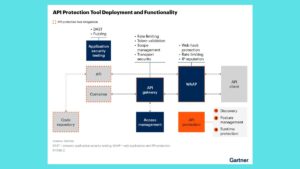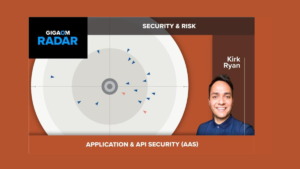13 Practical Performance Management Strategies to Implement in 2025

Performance management is a critical aspect of organizational success, directly influencing employee productivity, engagement, and overall business outcomes. As we look toward 2025, the landscape of performance management is evolving, driven by new technologies, changing workforce expectations, and the need for more agile and inclusive practices. Here are 13 practical performance management strategies to implement in 2025 that can help your organization stay ahead of the curve.
1. Adopt Continuous Feedback Systems
Traditional annual performance reviews are becoming outdated. In 2025, continuous feedback systems are essential. Implementing regular check-ins and real-time feedback loops allows managers and employees to address issues promptly, celebrate successes, and make adjustments in real-time, leading to improved performance and engagement.
2. Leverage AI-Driven Performance Analytics
Artificial intelligence (AI) is transforming how organizations manage performance. By leveraging AI-driven analytics, companies can gain deeper insights into employee performance, identify patterns, and predict future trends. These insights enable more informed decision-making and help tailor performance management strategies to individual needs.
3. Implement 360-Degree Feedback
360-degree feedback involves gathering input from multiple sources, including peers, subordinates, and supervisors. This comprehensive approach provides a more holistic view of an employee’s performance, fostering a culture of transparency and continuous improvement. It also encourages employees to take ownership of their development.
4. Set SMART Goals
Setting SMART (Specific, Measurable, Achievable, Relevant, Time-bound) goals remains a cornerstone of effective performance management. In 2025, organizations should ensure that goals are aligned with business objectives and are clearly communicated to employees. Regularly revisiting and adjusting these goals ensures they remain relevant as business priorities evolve.
5. Foster a Culture of Accountability
Accountability is key to successful performance management. Encouraging employees to take ownership of their work and hold themselves accountable for their performance leads to higher levels of commitment and responsibility. Implementing accountability measures, such as clear expectations and regular progress reviews, helps maintain focus and drive results.
6. Use Technology for Goal Tracking
In 2025, technology plays a crucial role in goal tracking. Utilizing performance management software that allows employees and managers to track progress toward goals in real-time can enhance transparency and motivation. These tools also provide valuable data for performance reviews and future planning.
7. Prioritize Employee Development
Investing in employee development is essential for long-term success. Offering personalized development plans, continuous learning opportunities, and mentorship programs helps employees grow in their roles and prepares them for future challenges. In 2025, performance management should focus on nurturing talent and providing the resources needed for career progression.
8. Encourage Collaborative Goal Setting
Collaborative goal setting involves employees in the process of defining their performance objectives. This approach ensures that goals are aligned with both organizational needs and individual aspirations, leading to greater buy-in and motivation. In 2025, encouraging collaboration in goal setting fosters a sense of ownership and commitment among employees.
9. Integrate Well-Being into Performance Management
Employee well-being is increasingly recognized as a critical factor in performance. Integrating well-being into performance management strategies involves considering employees’ mental, physical, and emotional health when setting goals and evaluating performance. Providing support and resources for well-being enhances overall productivity and satisfaction.
10. Utilize Performance Dashboards
Performance dashboards provide a visual representation of key performance indicators (KPIs) and other relevant metrics. In 2025, these dashboards will be essential for both managers and employees to monitor progress, identify areas for improvement, and make data-driven decisions. Dashboards also promote transparency and accountability across the organization.
11. Enhance Manager Training
Effective performance management starts with well-trained managers. Investing in training programs that equip managers with the skills to provide constructive feedback, set realistic goals, and support employee development is crucial. In 2025, organizations should prioritize continuous learning for managers to ensure they can adapt to evolving performance management practices.
12. Focus on Strength-Based Performance Management
Strength-based performance management emphasizes leveraging employees’ strengths rather than focusing solely on weaknesses. In 2025, organizations should identify and nurture individual strengths, aligning them with business needs. This approach leads to higher engagement, job satisfaction, and overall performance.
13. Incorporate Flexibility and Agility
The workplace of 2025 demands flexibility and agility in performance management. Traditional rigid processes may not be effective in a fast-paced, ever-changing environment. Implementing flexible performance management strategies that can adapt to changing business needs and individual circumstances will be key to maintaining productivity and employee satisfaction.
Conclusion
As we move into 2025, performance management strategies must evolve to meet the changing needs of the workforce and the business landscape. By adopting these 13 practical strategies, organizations can create a more effective, inclusive, and data-driven performance management process that drives success. Embracing continuous feedback, leveraging AI, prioritizing development, and integrating well-being are just a few ways to ensure that your performance management practices are future-ready.







